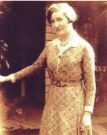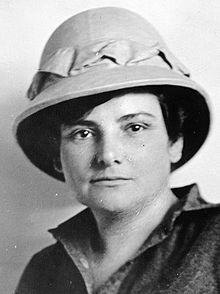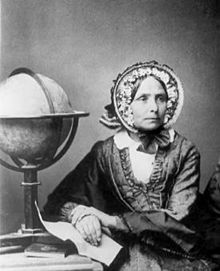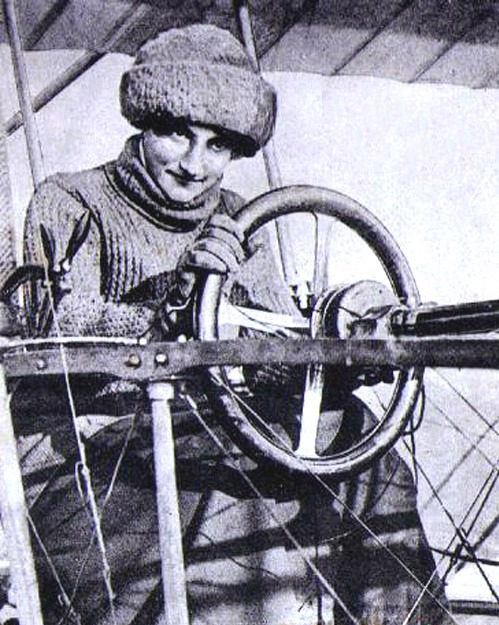There have been many very fine women composers. Tonight I’ve been listening to Ethel Smyth’s evocative string quintet in E major, so she scores an entry this evening:

https://en.wikipedia.org/wiki/Ethel_Smyth
Ethel Smyth
Dame Ethel Mary Smyth DBE (22 April 1858 – 8 May 1944) was an English composer and a member of the women’s suffrage movement. Her compositions include songs, works for piano, chamber music, orchestral works, choral works and operas.
Smyth tended to be marginalised as a ‘woman composer’, as though her work could not be accepted as mainstream. Yet when she produced more delicate compositions, they were criticised for not measuring up to the standard of her male competitors. Nevertheless, she was granted a damehood, the first female composer to be so honoured.
….Smyth’s extensive body of work includes the Concerto for Violin, Horn and Orchestra and the Mass in D. Her opera The Wreckers is considered by some critics to be the “most important English opera composed during the period between Purcell and Britten.” In 2022 it was performed at the Glyndebourne Festival Opera, the first professional production in its original French libretto. It was also performed at the BBC Proms, where its prelude or overture was included 27 times between 1913 and 1947.
Another of her operas, Der Wald, mounted in 1903, was, for more than a century, the only opera by a woman composer ever produced at New York’s Metropolitan Opera (until Kaija Saariaho’s L’Amour de loin in December 2016).
On 28 May 1928, the nascent BBC broadcast two concerts of Smyth’s music, marking her “musical jubilee”, The first comprised chamber music, the second, conducted by Smyth herself, choral works. Otherwise, recognition in England came somewhat late for Ethel Smyth, wrote the conductor Leon Botstein at the time he conducted the American Symphony Orchestra’s US premiere of The Wreckers in New York on 30 September 2007:
On her seventy-fifth birthday in 1934, under Beecham’s direction, her work was celebrated in a festival, the final event of which was held at the Royal Albert Hall in the presence of the Queen. Heartbreakingly, at this moment of long-overdue recognition, the composer was already completely deaf and could hear neither her own music nor the adulation of the crowds.
Her final major work was the hour long vocal symphony The Prison, setting a text by Henry Bennett Brewster. It was first performed in 1931. The first recording was issued by Chandos in 2020. However, she found a new interest in literature and, between 1919 and 1940, she published ten highly successful, mostly autobiographical, books.
….Involvement with the suffrage movement
Ethel Smyth March of the Women
In 1910, Smyth joined the Women’s Social and Political Union (WSPU), which agitated for women’s suffrage, giving up music for two years to devote herself to the cause. She accompanied the charismatic leader of the WSPU, Emmeline Pankhurst, on many occasions, and her “The March of the Women” (1911) became the anthem of the suffragette movement.
Smyth is credited with teaching Emmeline Pankhurst how to throw stones in 1912. After further practice aiming stones at trees near the home of fellow suffragette, Zelie Emerson, Pankhurst called on WPSU members to break a window of the house of any politician who opposed votes for women. Smyth was one of the 109 members who responded to Pankhurst’s call, asking to be sent to attack the home of Colonial Secretary Lewis Harcourt, who had remarked that if his wife’s beauty and wisdom was present in all women, they would have already won the vote.
Smyth stood half the bail for Helen Craggs, who had been caught on the way to carry out the arson of the leading politician’s home. During the stone throwing, Pankhurst and 100 other women were arrested, and Smyth served two months in Holloway Prison. When Thomas Beecham, her proponent-friend, went to visit her there, he found suffragettes marching in the quadrangle and singing, as Smyth leaned out of a window conducting the song with a toothbrush.















